Your website isn’t just a digital storefront — it’s often your first (and most lasting) impression on customers. Whether you’re generating leads, selling products, or building brand trust, design plays a major role in how people perceive and interact with your business.
Here are five design changes that can make your website not only look better but work harder for you.
1. Simplify Your Navigation
Visitors shouldn’t have to think about where to click next. A clear, focused navigation menu helps users find what they need quickly and keeps them from bouncing.
Start by trimming unnecessary pages and organizing content into intuitive categories. For example, instead of “Our Story,” “Mission,” and “Team” as separate links, group them under a single “About” section. Clarity always wins over cleverness.
2. Prioritize Above-the-Fold Messaging
The first screen users see (before they scroll) is prime real estate. Use it wisely.
Your headline should instantly communicate what your business offers and why it matters. Pair that with a clear call to action, like Book a Consultation or Shop Now, and a relevant image or short explainer video. If users can’t tell what you do within five seconds, it’s time to refine your message hierarchy.
3. Optimize for Mobile First
Over half of web traffic now comes from mobile devices, yet many business sites are still designed with desktop users in mind.
A mobile-first approach ensures your site loads quickly, text remains readable, and buttons are easy to tap. It also improves your SEO ranking and user experience, giving you two wins with one change.
If you’re unsure where to start, run a quick test using the Chrome Lighthouse extension to see how your site performs.
4. Build Trust Through Visual Consistency
Consistency builds credibility. When colors, typography, and imagery align with your brand identity, visitors perceive your business as more professional and trustworthy.
Make sure your website aligns with the tone of your other materials, including social media, packaging, signage, and print pieces. Even small adjustments, like using consistent button styles or photography filters, can elevate your overall polish and reinforce brand recognition.
5. Strengthen Calls to Action (CTAs)
A great website gently guides visitors toward taking the next step. Review your CTAs; are they clear, specific, and visible?
Instead of a vague “Learn More,” try something action-oriented like “See Our Work” or “Get a Free Estimate.” Design matters here, too: use contrasting colors, consistent placement, and enough whitespace so CTAs stand out without feeling pushy.
Final Thoughts
Website design isn’t a one-time project: it’s an ongoing process of refinement and improvement. By simplifying navigation, clarifying your message, and making small but strategic design updates, you’ll turn your website into a more effective marketing tool that supports your business goals every day.
About Flower Press Interactive
At Flower Press Interactive, we help businesses turn digital touchpoints into growth engines. Our team partners with founders and marketing leaders to design, build, and refine websites and products that connect with audiences and drive measurable results. Learn more about how we can help.
